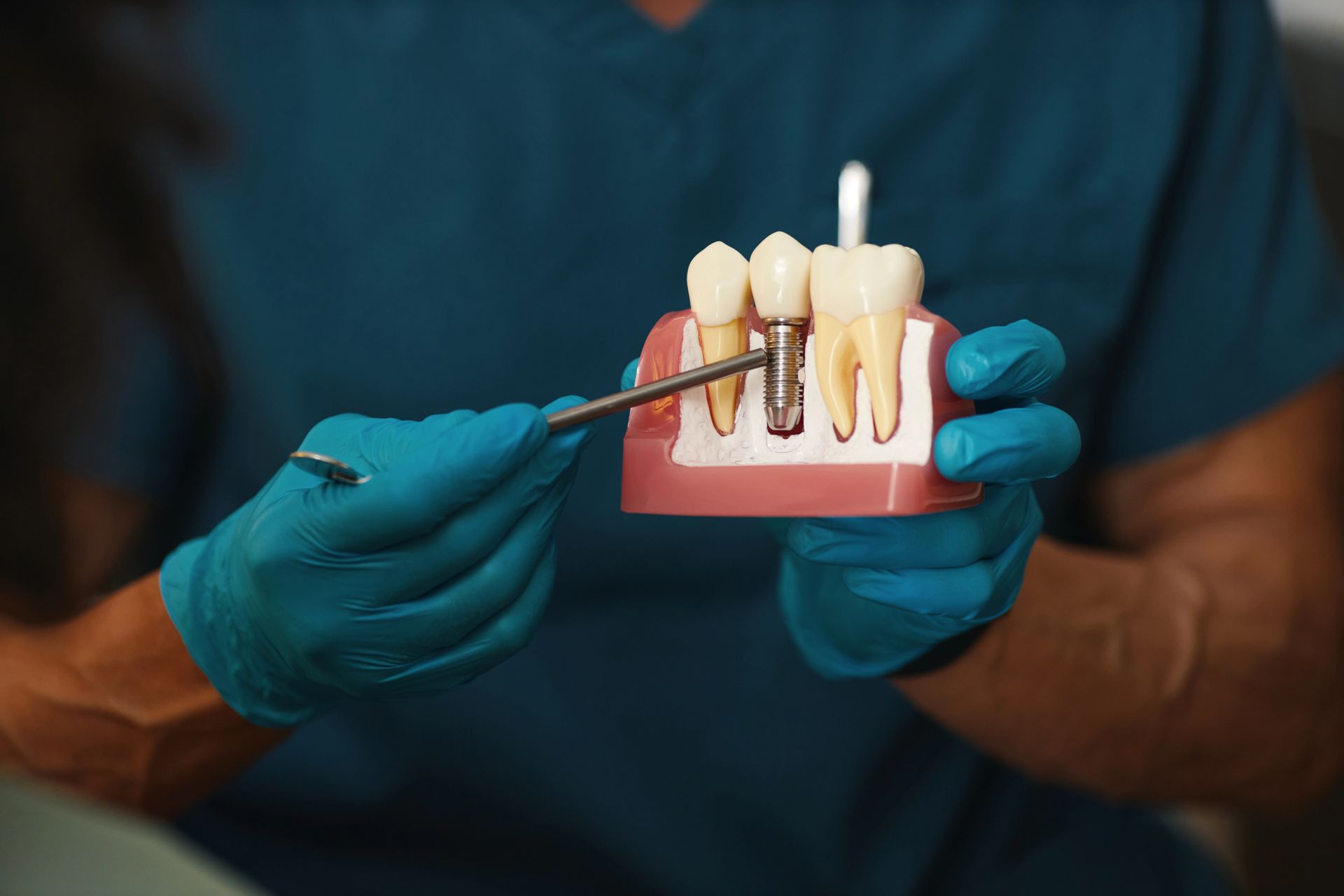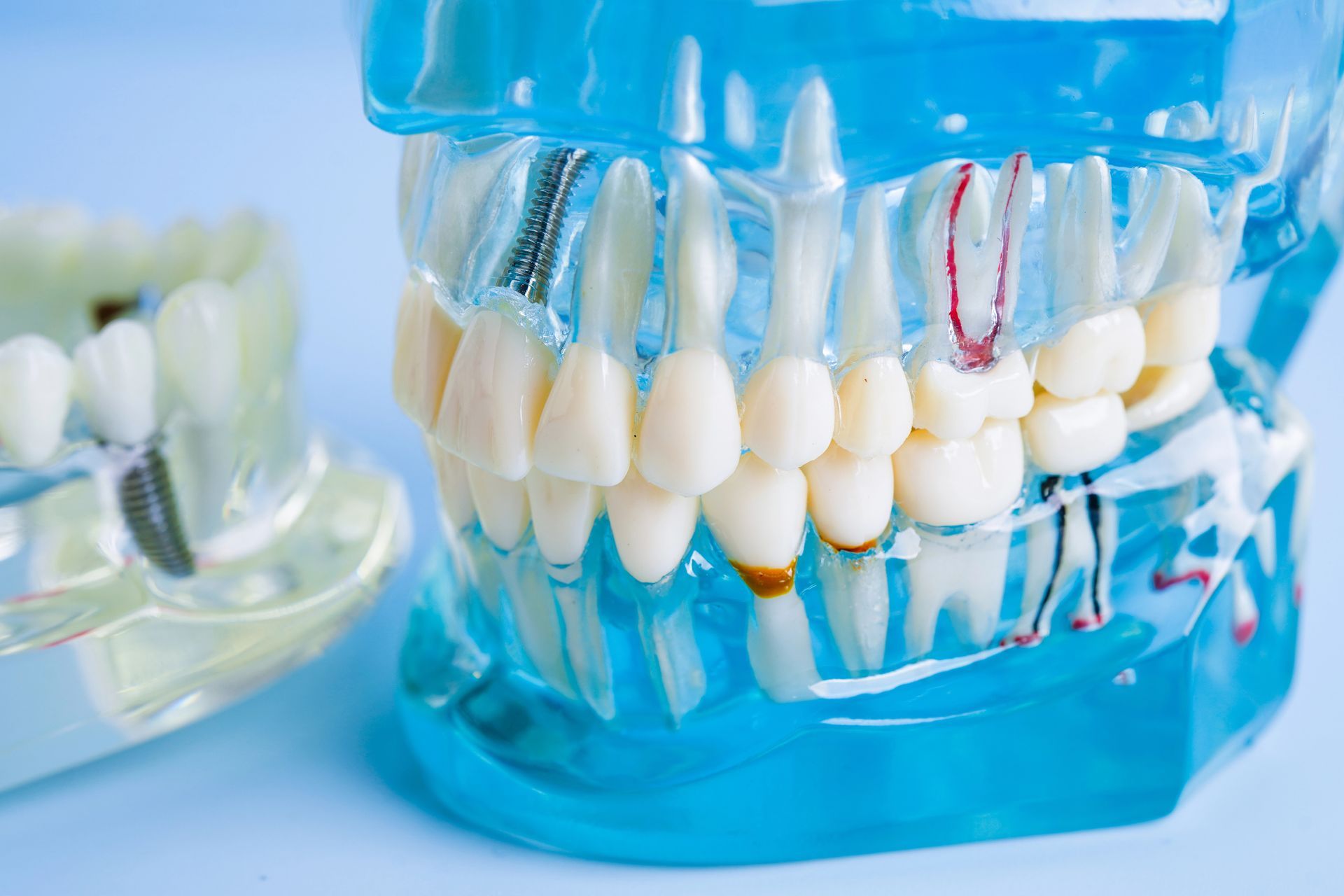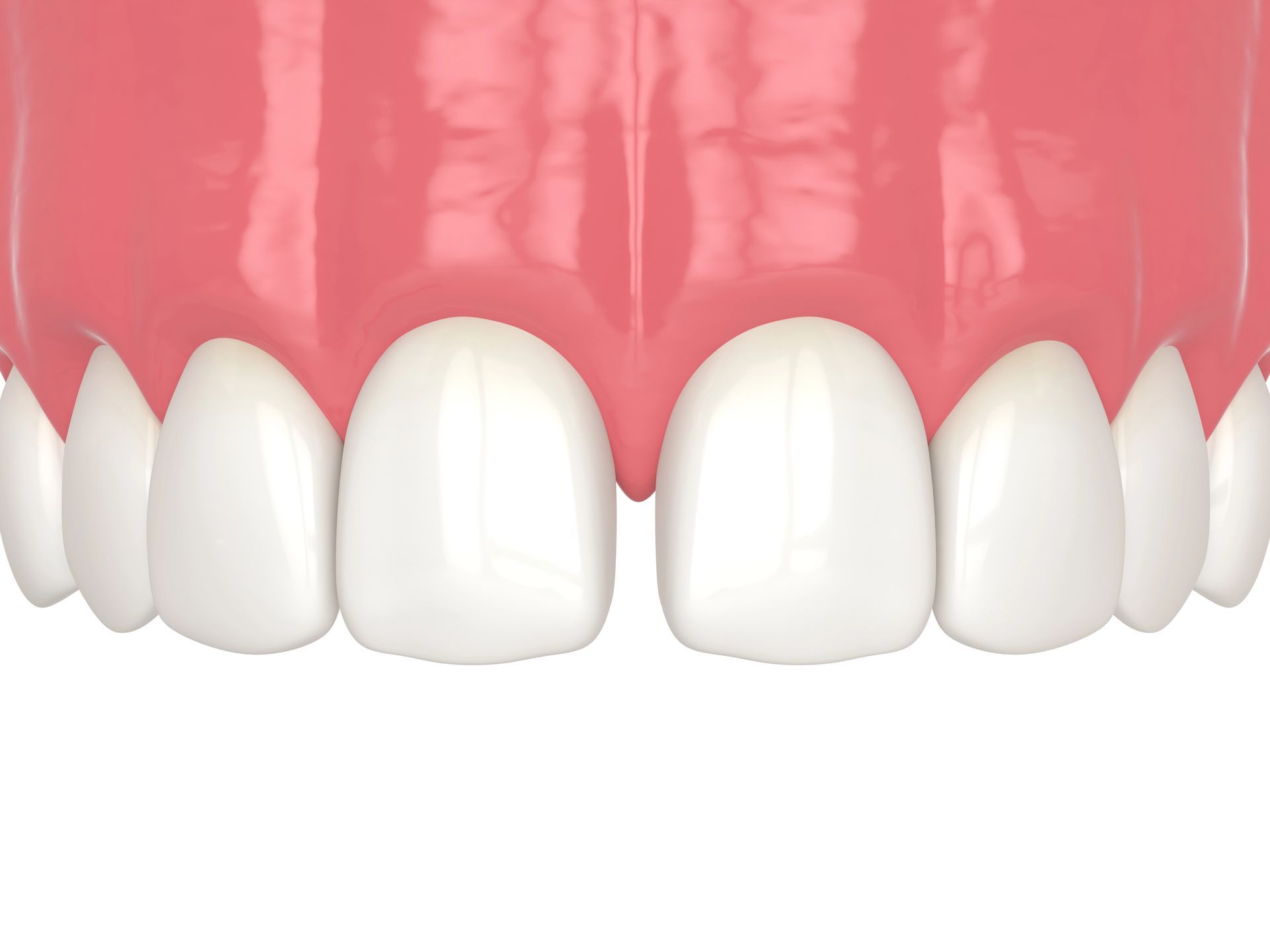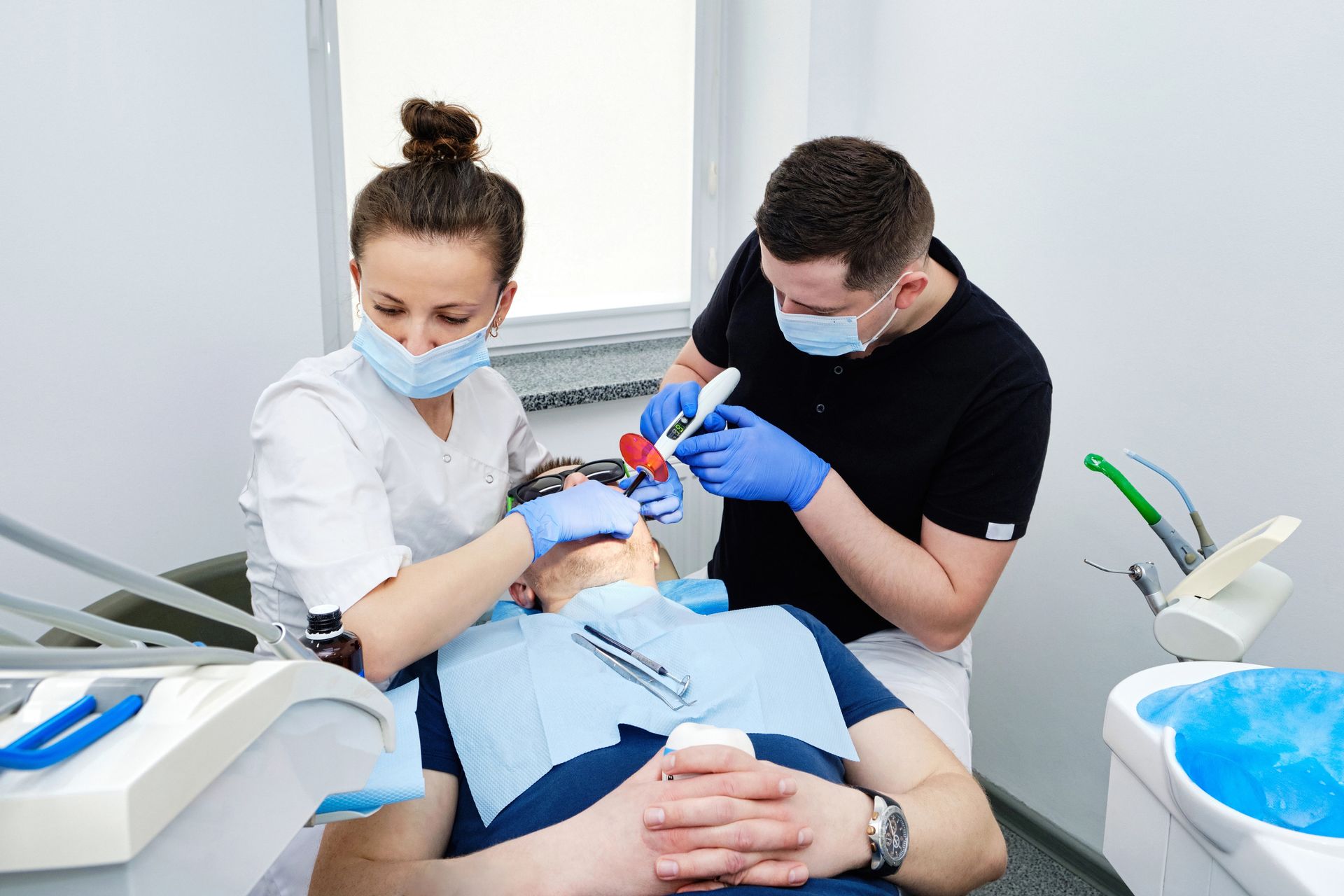CEREC dental crowns are a type of dental restoration created using advanced technology, allowing for quick and precise fitting, which has made them a favored choice among patients seeking efficient dental solutions.
CEREC Dental Crowns
CEREC dental crowns, also known as Chairside Economical Restoration of Esthetic Ceramics, are a modern solution in restorative dentistry. These crowns are designed and created using advanced computer-aided design and manufacturing (CAD/CAM) technology, allowing for precise and efficient restoration of damaged teeth. The process involves taking digital impressions of the patient's teeth, which are then used to fabricate a custom crown on-site, often within a single dental visit.
The popularity of CEREC dental crowns can be attributed to their convenience and the high-quality materials used in their creation. Patients appreciate the quick turnaround time and the ability to avoid multiple appointments. Additionally, these crowns are known for their durability and natural appearance, making them a preferred choice for many seeking dental restorations. For more information on alternatives, you can read about Why Choose Porcelain Dental Crowns for a Natural-Looking Smile?.
History of CEREC Technology
CEREC dental crowns have revolutionized the field of dentistry with their innovative approach to restorative treatments. The journey of CEREC technology began in the 1980s when it was first developed by Dr. Werner Mormann and Dr. Marco Brandestini at the University of Zurich. This groundbreaking technology allowed for the creation of dental restorations using computer-aided design and manufacturing (CAD/CAM), significantly reducing the time required for procedures and enhancing the precision of the final product.
Over the years, CEREC technology has evolved, incorporating advancements in digital imaging, software, and materials to improve the quality and efficiency of dental restorations. Today, CEREC dental crowns are widely recognized for their durability, aesthetic appeal, and the convenience they offer to both dentists and patients. For more information on high-quality dental crowns, visit our page on Top Columbia Dental Crowns.
Benefits of CEREC Crowns
CEREC dental crowns have gained popularity due to their numerous benefits, making them a preferred choice for many patients. One of the primary advantages is the convenience they offer, as the entire process can often be completed in just one visit to the dentist. This eliminates the need for temporary crowns and multiple appointments. Additionally, CEREC dental crowns are known for their durability and natural appearance, closely matching the color and texture of natural teeth. The precision of the digital technology used in creating these crowns ensures a perfect fit, enhancing both comfort and functionality.
CEREC vs Traditional Crowns
When comparing CEREC dental crowns to traditional crowns, the most notable difference lies in the process and time required for completion. CEREC dental crowns are crafted using advanced CAD/CAM technology, allowing for same-day creation and placement, whereas traditional crowns typically require multiple visits and a waiting period for the crown to be fabricated in an off-site lab. This efficiency makes CEREC dental crowns a popular choice for those seeking quick and convenient dental solutions. For more information on dental options in Columbia, visit your local Columbia Dentist.
Procedure for CEREC Crowns
The procedure for CEREC dental crowns is designed to be efficient and convenient, typically completed in a single visit. Initially, the dentist will prepare the tooth by removing any decay and shaping it to fit the crown. Using advanced digital imaging technology, a precise 3D model of the tooth is created. This model is then used to design the CEREC dental crown, which is milled from a high-quality ceramic block right in the dental office. Once the crown is ready, it is bonded to the prepared tooth, restoring its function and appearance seamlessly.
Materials Used in CEREC Crowns
CEREC dental crowns are primarily crafted from high-quality ceramic materials, which are known for their durability and natural appearance. The ceramic used in CEREC crowns is designed to mimic the translucency and color of natural teeth, providing a seamless blend with your existing smile. This material is not only aesthetically pleasing but also biocompatible, reducing the risk of allergic reactions or sensitivity. Additionally, the strength of ceramic ensures that CEREC dental crowns can withstand the daily wear and tear of chewing and biting, making them a reliable and long-lasting option for dental restorations.
Longevity of CEREC Crowns
One of the standout features of CEREC dental crowns is their impressive longevity. Made from high-quality ceramic materials, these crowns are designed to withstand the daily wear and tear that comes with chewing and biting. With proper care and maintenance, CEREC dental crowns can last anywhere from 10 to 15 years, and in some cases, even longer. This durability makes them a popular choice for patients seeking a long-term solution for their dental restoration needs. Additionally, the precision of the CEREC technology ensures a perfect fit, which contributes to the overall lifespan of the crown by reducing the risk of complications such as fractures or decay around the edges.
Cost of CEREC Crowns
When considering CEREC dental crowns, one of the most common questions is about the cost. While the price can vary depending on the complexity of the case and the specific dental practice, CEREC crowns are generally comparable in cost to traditional crowns. However, the added benefits of same-day service and the precision of digital impressions often make CEREC dental crowns a more attractive option for many patients. It's important to consult with your dentist to get an accurate estimate tailored to your individual needs.
Patient Experiences with CEREC Crowns
Patients who have opted for CEREC dental crowns often rave about the convenience and efficiency of the procedure. Many appreciate the fact that they can receive their crowns in just one visit, eliminating the need for temporary crowns and multiple appointments. The precision of the digital impressions ensures a perfect fit, leading to increased comfort and satisfaction. Additionally, patients frequently comment on the natural appearance of CEREC dental crowns, which blend seamlessly with their existing teeth. Overall, the positive patient experiences highlight why CEREC dental crowns are becoming a popular choice for those seeking quick, reliable, and aesthetically pleasing dental restorations.
Conclusion
CEREC dental crowns are a popular choice for many due to their convenience and efficiency. To learn more, call 803-373-1069 or read reviews on Google Maps.










